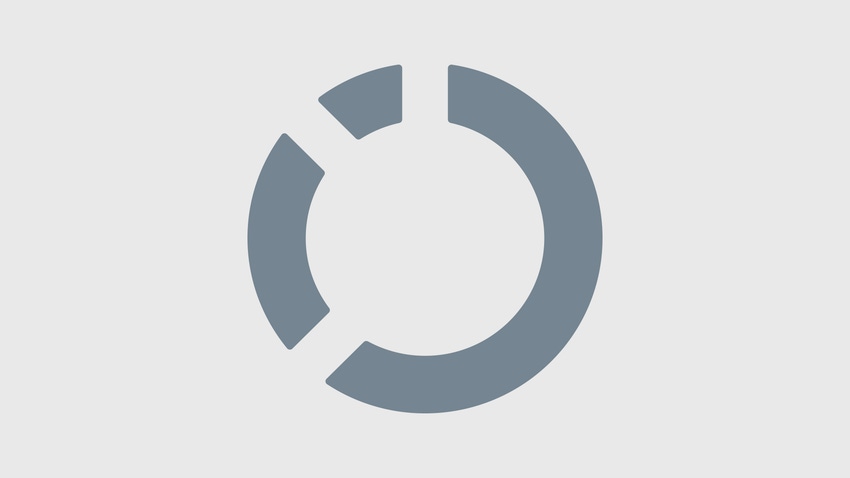Banks Must Ditch Legacy IT
Banks with decades-old IT systems are struggling to adjust to the changing regulatory and financial landscape.

Three factors that didn't exist a few years ago are driving banks to modernize their core systems:
1. Customer Centricity
Banks are facing restless customers who aren't particularly loyal. Yet most banks still operate in product silos -- internal walls that limit flexibility and impede their ability to view the entire customer relationship. A customer-centric bank, on the other hand, can view customers across product lines, use analytics to understand relationships, and price products tailored to specific customer segments. One European financial services institution, for example, combined customers' social media profiles, such as Twitter accounts, with card-spending patterns to better target customers for cross-selling products and services.
Banks with strong customer-centric models are seeing sales campaign success rates improve by 50%-200% and customer attrition fall by up to 5%, Accenture research finds. And they have been able to sell more products per customer -- up to four on average.
2. Lost Revenue And Cost Pressures
Recent reforms such as the Dodd-Frank Act and new regulations by the Consumer Financial Protection Bureau are proving extremely costly to the banking industry. Lucrative sources of non-interest income such as debit card fees and proprietary trading are being curtailed while compliance costs are increasing. The new regulatory environment is forcing many banks to rethink their business strategy.
Migrating to a modern core platform may help reduce cost-to-income ratios by up to 20 percentage points while letting banks push new products out more quickly. Replacing legacy applications with a single integrated platform means IT will perform less maintenance and can use standardized components so it writes less code.
A core transformation should go beyond IT to improve productivity in business operations. The ability to open accounts more quickly, modify product features or process customer transactions reduces "handoffs" between people and systems. It could even reduce fraud by lowering the number of exceptions resulting from reconciliation activities -- for example, unsigned checks or checks written against insufficient funds.
3. Foreign Competition
Several foreign banks from Spain, Canada and Asia have entered the U.S. market in recent years, and many bring a customer-centric business model -- as opposed to the product-centric model at most U.S. banks -- made possible by an integrated IT platform. For example, BBVA Compass, one of Accenture's Alnova core banking customers, replaced its core technology infrastructure for checking and savings, consumer and business lending, and mortgages, and has cut the time it takes to open a new deposit account from more than 40 minutes to as little as five.
Banks attempting a core system change must balance speed of implementation with delivery risk and cost. Some institutions do opt for the big-bang approach, in which they effectively cut over to all new systems at once. But most break up the effort into manageable releases -- by application (deposits, loans, etc.), geography, customer group or branch -- to reduce operational and delivery risk.
Will these new forces drive banks to rethink their approach to doing business -- to spur the 80% in the Aite Group's research who don't have a "high urgency" about replacing their core systems? Clearly, we think pouring money into outdated systems is not a winning proposition. Better to lay down the technology groundwork now to achieve long-term growth and profitability.
With just a smartphone, users can conduct nearly all their banking business at any time of the day or night. All this flexibility and convenience opens up new avenues for fraud and cybercrime. Guidelines laid out by the FFIEC several years ago predate many of the capabilities -- and vulnerabilities -- that are in place today. The How To Boost Security Via FFIEC Compliance report explains the latest guidelines and provides advice on how you can extend the work done to comply with FFIEC guidelines to strengthen your organization's overall security posture and keep customers and their data safe. (Free registration required Juan Pedro Moreno is global managing director of Accenture's Banking practice.
About the Author(s)
You May Also Like







